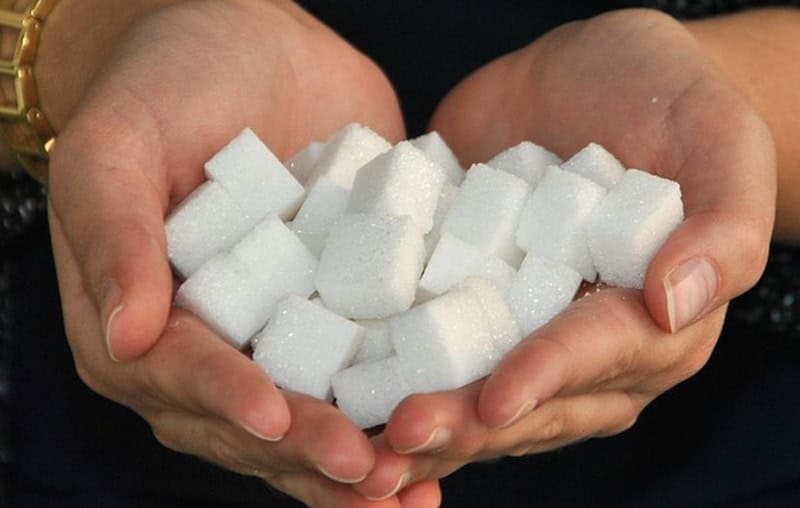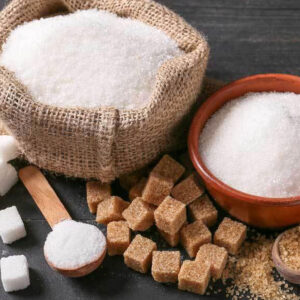Discovering the Distinctions being used and Advantages Between Beet Sugar Vs Cane Sugar
In the cooking world, the option between beet sugar and cane sugar is not just about sweet taste yet includes a nuanced factor to consider of flavor, application, and impact. While both sugars stem from various plants, each goes through one-of-a-kind production processes that discreetly influence their attributes and suitability for different recipes.
Origins and Production Processes of Beet and Cane Sugar

Cane sugar, on the various other hand, comes from the sugarcane plant, an exotic turf belonging to Southeast Asia yet currently cultivated in tropical zones worldwide. The production of cane sugar begins with the harvesting of cane stalks, which are squashed to release the juice. This juice is after that boiled to focus it, after which it is rotated in centrifuges to generate raw sugar crystals. These crystals are additional fine-tuned to generate the white sugar generally offered in stores.

Nutritional Content and Health And Wellness Considerations

When comparing the dietary content of beet sugar and cane sugar, it comes to be noticeable that both kinds essentially offer the exact same caloric values, with about 16 calories per tsp and no substantial nutrient diversity. Both sugars, when consumed in excess, can add to elevated blood glucose degrees, a threat element for diabetes mellitus and various other metabolic problems. From a health and wellness perspective, moderating consumption of any type of type of sugar, whether from beet or cane, is suggested to stay clear of these prospective unfavorable results on wellness.
Flavor Profiles and Culinary Applications
Regardless of their comparable chemical frameworks, beet sugar and cane sugar differ discreetly in flavor, which can influence their use in numerous culinary contexts. Walking cane sugar commonly carries a hint of molasses, even in its polished type, lending a warm, caramel-like undertone that enhances baked goods, coffee, and chocolate-based recipes. This mild molasses flavor is particularly valued in the baking sector for including deepness to sweets and pastries. On the other hand, beet sugar is identified by its very refined, neutral preference, making it a functional sugar that does not modify the taste profiles of dishes. This nonpartisanship is specifically advantageous in delicate recipes, such as light pastries, creams, and some sauces, where the integral flavors of various other components are meant to stand out. As a result, chefs and food manufacturers could choose one kind of sugar over the other based upon the preferred taste outcome of their culinary productions.
Environmental Influence and Sustainability
While both beet and cane sugars are originated from plants, their environmental influences differ substantially due to additional hints the unique methods of farming and handling needed for every. Sugar beet cultivation commonly includes comprehensive automation, which can enhance nonrenewable fuel source consumption and carbon discharges. Beets can be grown in cooler environments and call for less watering, possibly minimizing water use contrasted to sugarcane. Sugarcane, on the various other hand, is generally expanded in exotic areas where it relies heavily on watering and a longer growing period, boosting its water impact.
In addition, the processing of sugarcane typically produces a considerable amount of waste, including bagasse, which, although usable as biofuel, frequently adds to air contamination if melted inefficiently. Sugar beet processing uses more of the raw products, resulting in much less waste. Both sectors face difficulties in minimizing their environmental impacts, but ongoing innovations in reference farming methods and waste administration are intending to improve sustainability.
Economic Elements Affecting the Sugar Sector
The financial dynamics of the sugar sector are considerably affected by international market needs and profession plans. Variables such as tolls, subsidies, and global trade arrangements play essential functions in shaping the competitive landscape. In regions where sugarcane or sugar beet production is subsidized, producers might have a monetary advantage that enables them to use lower rates on the worldwide market. This can produce variations in profitability and market access for manufacturers in countries without such subsidies.
Additionally, variations in global need for sugar, affected by nutritional patterns and industrial usage in food items, directly influence costs and production levels. beet sugar vs cane sugar. Weather likewise play an essential role, as they can dramatically influence plant yields and, consequently, the supply chain. This variability presents a level of financial uncertainty that can cause investment volatility in sugar production industries, influencing choices from growing to market approach
Conclusion
To conclude, both beet and cane sugar have one-of-a-kind qualities that fit different cooking demands. While cane sugar conveys a rich flavor ideal for boosting baked products, beet sugar's nonpartisanship is excellent for lighter recipes. Nutritional similarities notwithstanding, their unique manufacturing processes and environmental effects reference include intricacy to the selection between them. Hence, recognizing these differences assists chefs and consumers make notified decisions that align with their health, culinary, and ethical preferences.